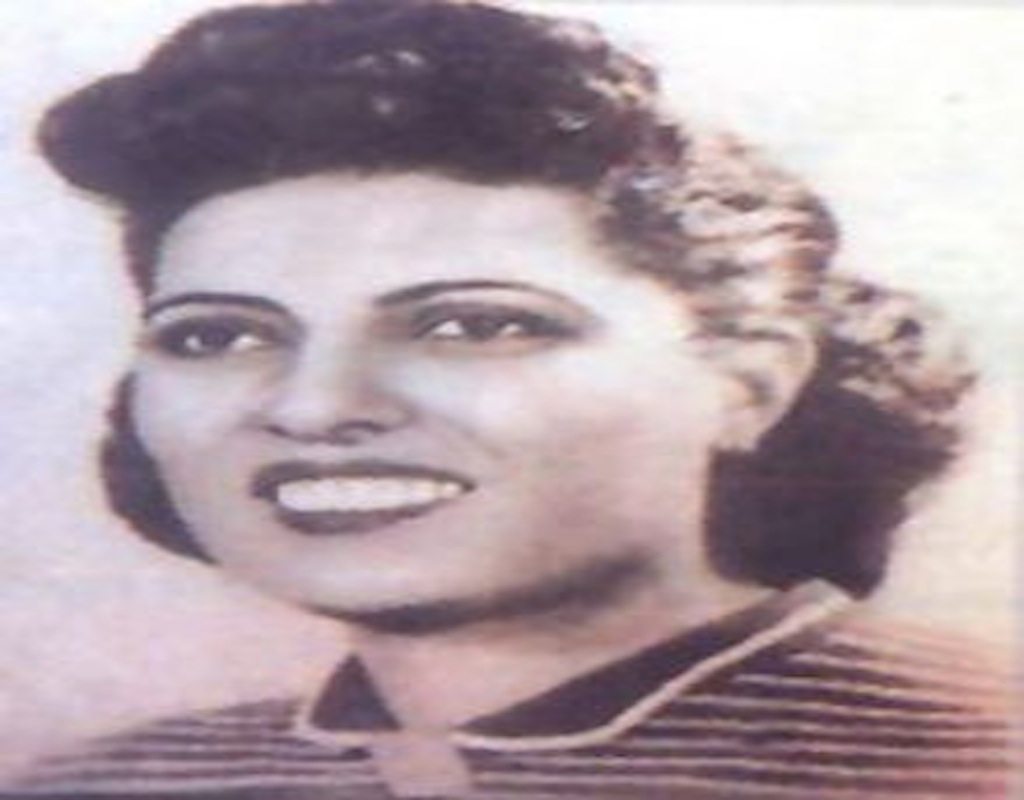It is bewildering to know that during the early 20th century, when there were the likes of Albert Einstein and Enrico Fermi, there was also the phenomenal Egyptian nuclear physicist Sameera Moussa. Women in the field of science, technology, engineering and math remain largely under-represented and unacknowledged until today, which is why it is important to document those from the past and also inspire those in the present. Born in Gharbia governorate in 1917, Moussa was met with the tragic news of her mother’s death very early on, which prompted her to dedicate her life to making nuclear treatment accessible by all, hoping that it would be “as cheap as aspirin,” as she once said. Moussa spent her life volunteering at many hospitals to help treat cancer patients – a great embodiment of commitment and devotion. Moussa went on to receive her Bachelor of Science degree in radiology with First Class Honors from Cairo University in 1939, after researching the effects of X-ray radiation on different materials. Following her achievement of receiving a doctorate in atomic radiation, she later became the first woman to hold the position of a lecturer…



